Join 40,000+ sales and marketing pros who receive our weekly newsletter.
Get the most relevant, actionable digital sales and marketing insights you need to make smarter decisions faster... all in under five minutes.
Videographer Tips: How to Edit a Memorable Educational Video [+Example]

By Will Schultz
Sep 20, 2019
![Videographer Tips: How to Edit a Memorable Educational Video [+Example]](https://www.impactplus.com/hs-fs/hubfs/Screen%20Shot%202019-09-05%20at%201.22.04%20AM.png?length=1200&name=Screen%20Shot%202019-09-05%20at%201.22.04%20AM.png)
I’m the type of person who can sometimes have key information go in one ear and out the other, even when I’m consciously trying to lock it into memory.
And you know what? Your customers are usually that type of person, too — although hopefully not to the extent that I am.
To be a great content creator on YouTube, you have to produce videos that treat your viewers like the low-attention span goldfish they are - no offense to goldfish.
So, here’s the burning question that has no easy answer:
“How do I produce and edit visually engaging videos for YouTube that have extremely memorable, hyper-clear takeaways for my audience?”
I found an educational video that incorporates some of the best practices in post-production to help its viewers know exactly what to keep in the memory bank.
Watch this video with an eye for their editing practices. Look for editing methods that clearly show what the creator wants to leave the audience remembering:
How is the video emphasizing certain information? What does the video editor do to hold the viewer’s attention? Why do you know the important information within each segment of this video?
It’s pretty meta, I know; a video about creating video, but there’s real value to pull from this relatively new YouTube creator, Eric Siu, in addition to the actual content he covers.
He clearly practices what he preaches.
Here are the four key tips that I want inbound video creators to take away from how the video was produced:
1. If you want your viewer to remember something specific, say it and reiterate it visually
Many answers to our customers’ questions require a 2-3 sentence response to give the full context for the viewer.
While this is acceptable when necessary, it’s important to still ask ourselves what the single statement is that we want our audience to take away.
If we can give a visual aid to explicitly state what we want our viewers to take away (like Eric did in his video in the screenshot below), then our audience will be far more likely to understand and retain the sensory information.
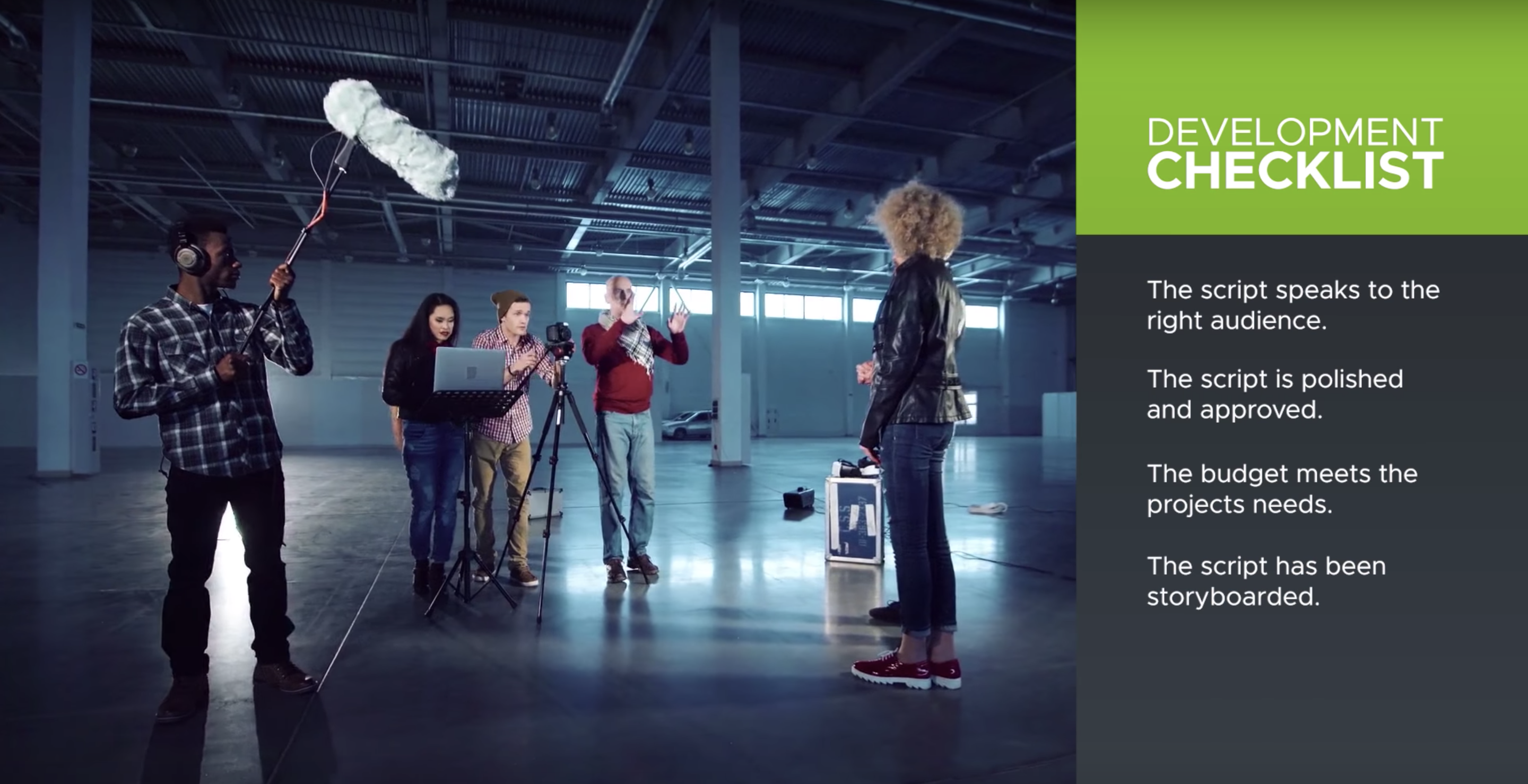
Science-y tidbit: Sensory memory holds all the new information that is gathered from the five senses, and it is our most quickly forgotten memory.
If we can feed information to multiple senses at once (i.e. audio and visual), then we are far more likely to be able to convert the sensory memory into short-term memory.
In educational videos, we want the videos intended takeaways to be clear and unmistakable to every viewer, even if the text supplement is oversimplified compared to the verbal explanation.
Side-bar checklists or bullets are one of my favorite methods to show these. Keep it there for reference throughout an entire segment.
Bonus points are awarded if you are able to frame your text-based takeaways into full sentences from the perspective of the viewer.
This helps convert the information into something that becomes immediately applicable for each audience member.
They know what the new information means to them and how to compartmentalize it into their memory.
2. The more b-roll you include, the harder it is to look away
Eric's video does an exemplary job of incorporating the maximum amount of b-roll, without having it become a distraction from the content.
You’ll notice that while some of this supplemental footage helps illustrate the verbal points being made, much of it is simply used to keep the eyes engaged with relatively light-hearted and humorous visual aids for what the subject matter expert is explaining.
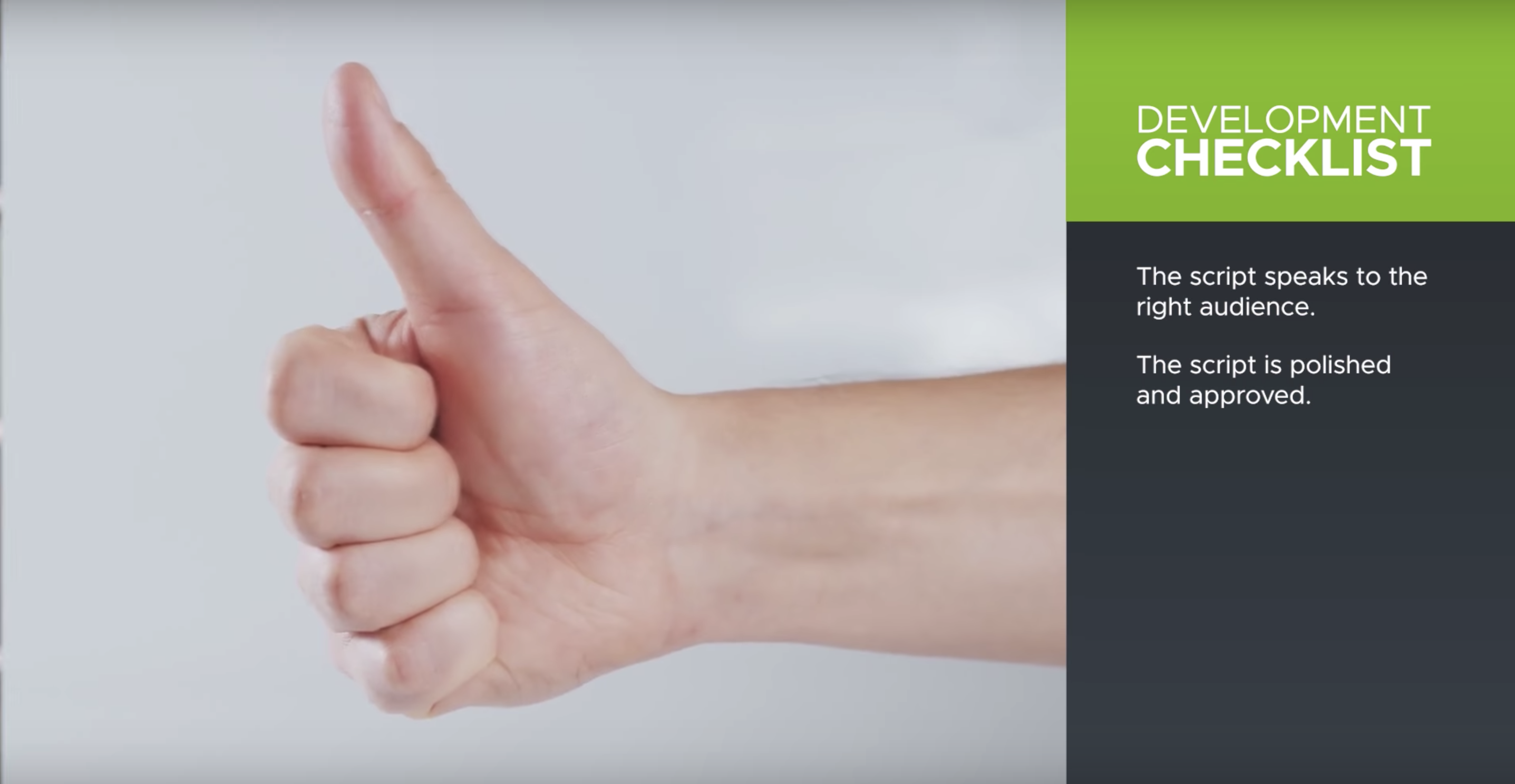
The foundational goal of this b-roll is to ensure that our audience must constantly anticipate what’s coming next.
If your brain is trying to understand the new visual cues and how they are incorporated into the content, it will never be given the seven-ish seconds of radio silence it takes to lose focus on YouTube.
I often hear the pushback that with a bunch of added b-roll comes a bunch of added time during filming and post-production.
While I almost always err on the side of prioritizing “quantity over quality” when beginning with new video consulting clients, I say collecting b-roll footage is less complicated and time-consuming than many think.
The extra effort is worth the increased audience retention — especially when we actually have something to show that aids in the education.
Also, for every piece of B-roll we capture ourselves, we can also use another piece of free (or affordable) stock b-roll to supplement our video as well, just like this video did.
However, we should not cram our content full of visual distractions for the sake of distraction.
Always ask yourself:
Is this visual aid engaging or distracting? Does it reinforce a verbal point or dilute it?
3. In the first 30 seconds, state why it is important to watch the entire video
As I’ve written about previously, your video’s audience retention is one of the most important off-page metrics that YouTube factors when ranking videos on its search engine.
The more that you can increase your audience retention, the higher that your video will rank on YouTube.
A “stickaround” statement is one of the best tactics to dramatically improve this metric.
This can be formatted differently based on what the rest of the video covers, but generally speaking we want to give someone a reason to watch the remainder of the video, even if their initial question was answered midway through.
It can be done with a verbal statement, a text visual, or both.
In this video, he didn't slow the content down with a verbal statement, but instead added a visual "bonus" line, to passively encourage the audience to look forward to additional value at the end.
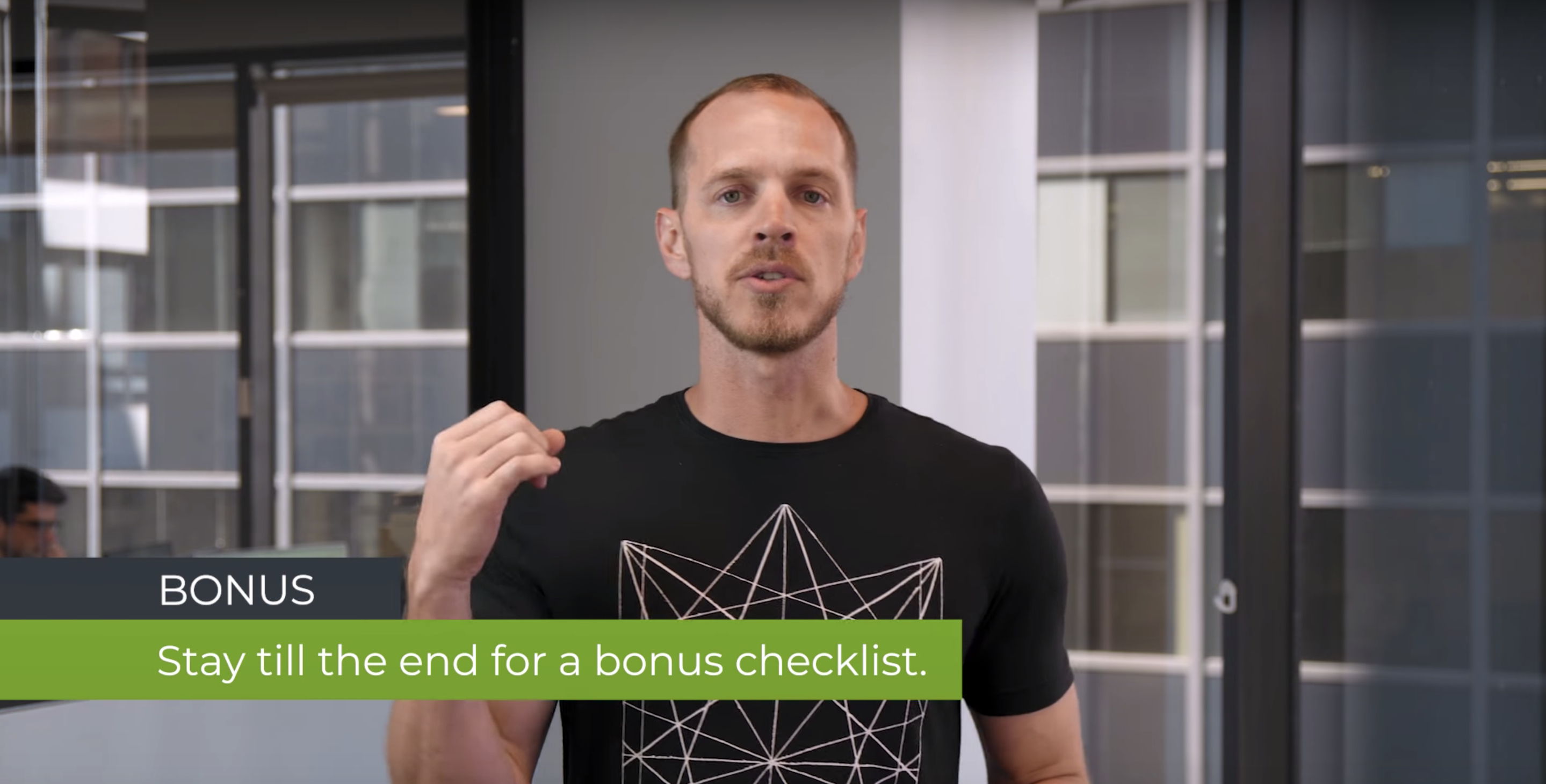
Here are some examples of great “stickaround” statements to give an idea how to structure your own:
- "Today, we’re covering the differences in two comparable products. Even if you come to a decision halfway through this video, stick around until the end where I give you the five questions to ask the provider to make sure that you are getting the best product for you with the right amount of customer service."
- "At the end of this video, I will give you the perfect checklist to walk you through the purchasing process of this service in the best way possible."
- "Don’t go anywhere, because at the end of this video we’ll be showing this product in action with one of our favorite clients!"
- "By the end of this video, you will be able to make an educated decision regarding which level of service is right for you. Stick around, because I’ll end this video with the four most common problems we see when our clients make this big decision."
Your “stickaround” statement should always be separate from the video’s call-to-action (CTA). There should always be a clear CTA or next-step for every YouTube video we make, but the “stickaround” is a separate bonus for those who stuck through this particular video.
4. Crop-zoom cuts are effective for emphasizing a statement and splicing on-camera mistakes
You’ll notice that the A-roll in this video only has one straight-on shot from the waist up:
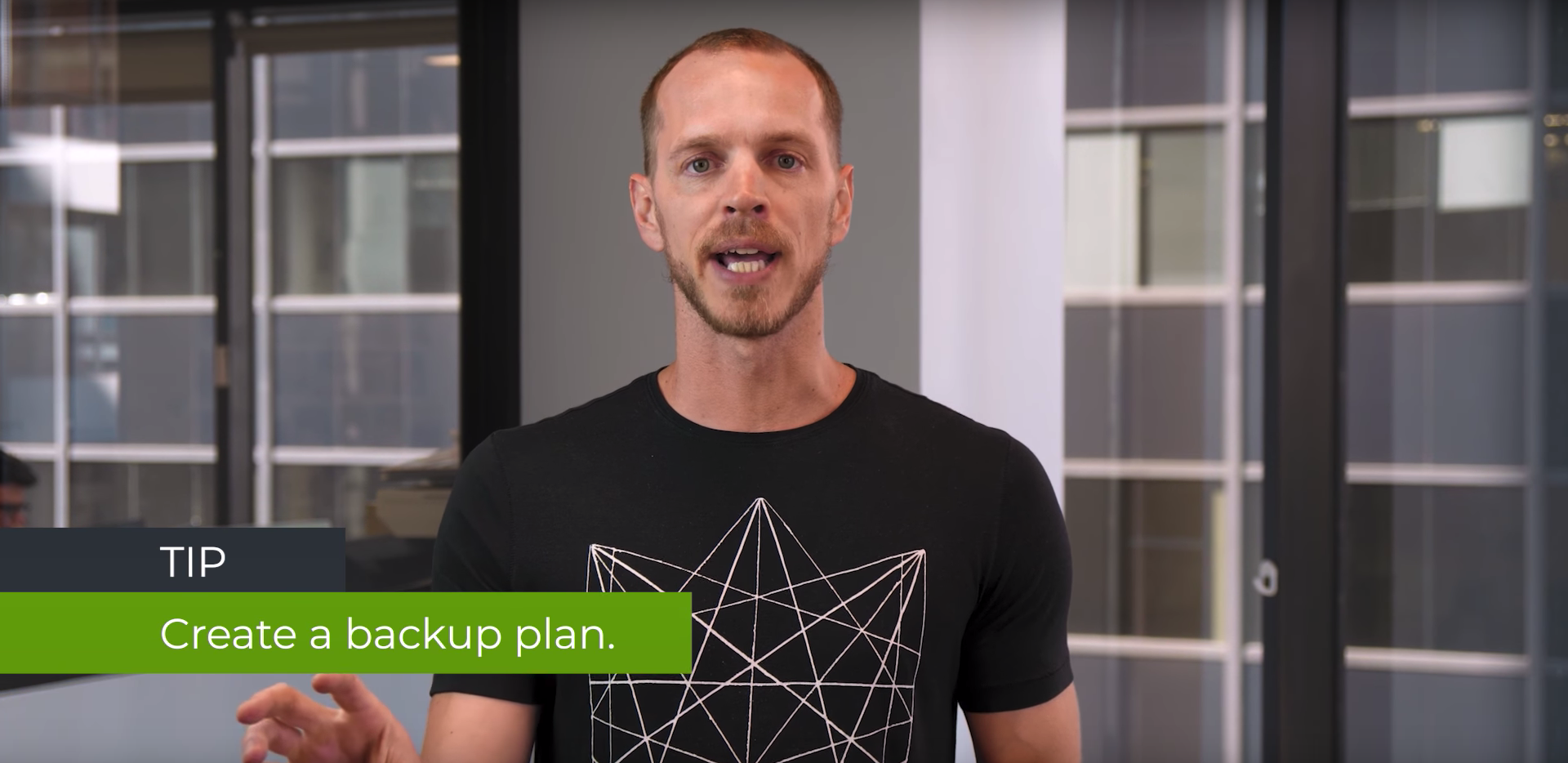
There’s no second camera that allows the video editor to switch back and forth.
However, because they originally filmed this in 4K resolution, the editor is able to create a second angle by cropping the shot and zooming into a shoulder-up cut.
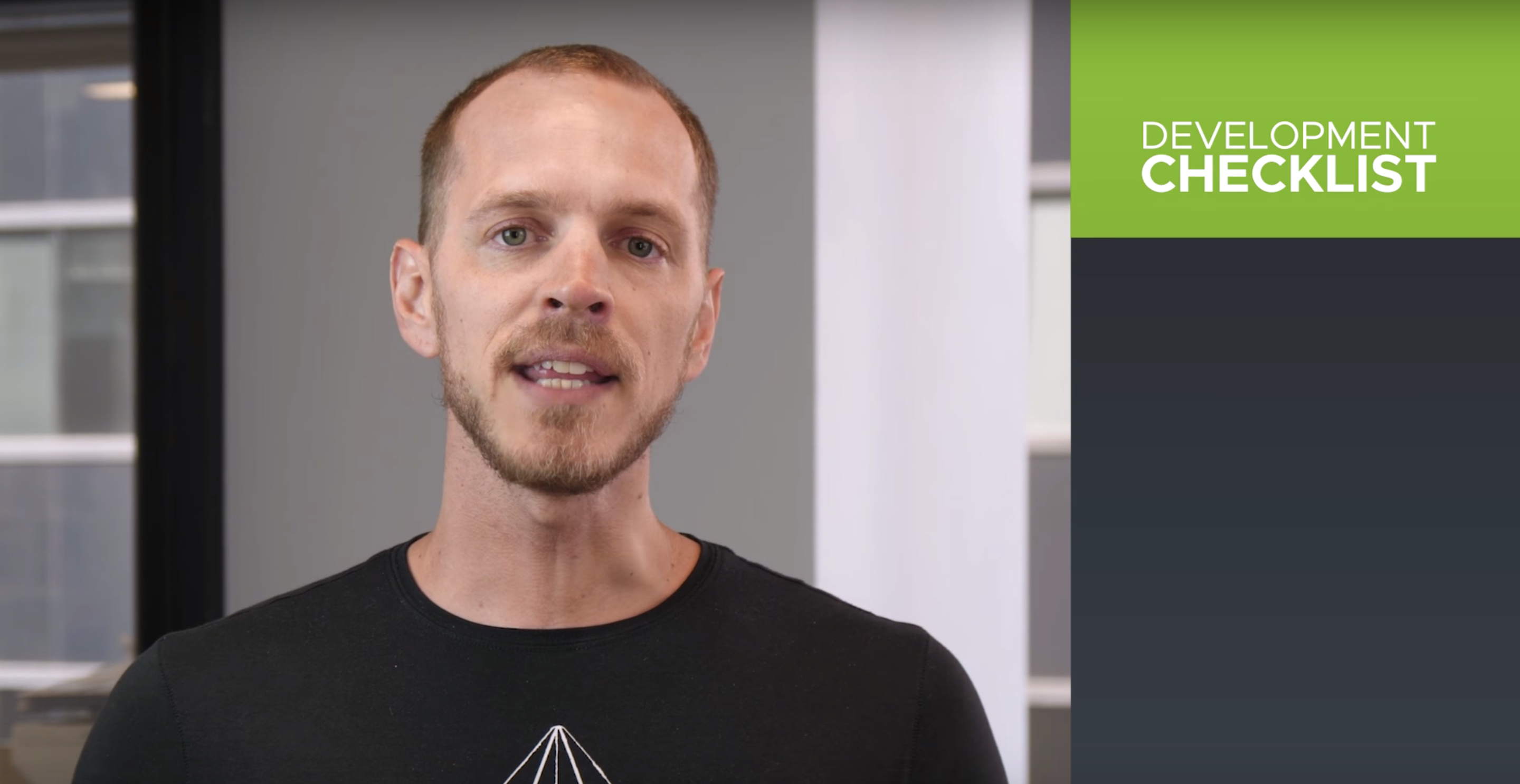
This helps to create a visual illusion that there are two cameras being used.
This crop-zoom cut is a tool incorporated by the video editor for two reasons:
First, if the on-camera subject says something that needs to be emphasized, a punch forward helps to trigger the viewer to recognize that the statement is an important one.
Helping key information to stick out is half the battle when creating educational YouTube content.
Second, this allows an editor to remove minor mistakes made on camera.
If there’s a small piece of a cut that needs to be omitted, or two separate statements need to be spliced together, it is far less jarring for the viewer to see a crop-zoom cut than to have two cuts of the same angle bumping together.
Note: It is usually recommended to do this “splicing & dicing” with a second camera angle rather than with a crop-zoom cut, but two cameras require more setup time and more footage to manage.
It’s important to first push the “less is more” mentality at the beginning of an inbound video production journey. First, refine your production process so that you can create and publish 2-3 videos per week before incorporating production-quality practices that increases the time required.
Quantity first, then quality.
Next-steps for your team:
It’s time to look yourself — and your educational video content — in the mirror and see how successfully you’ve incorporated these post-production best practices.
- What are your audience retention stats looking like? If it’s less than 50%, you have some serious work to do.
- What is happening in your videos when viewers fall off and why?
- How engaging and memorable is the content that you’re spending so much time on?
- Have you created review channels to receive feedback from others outside of your organization?
- What is the one thing from this article that you want to incorporate into your next inbound educational video?
Inbound video production is a long road of ongoing, incremental improvements.
There’s usually no reason to waste time on previous content once you’ve learned from your past filming and editing mistakes. The most important thing is that your audience sees your content slowly improve.
If you’re making the right type of unbiased, transparent video content, your viewers are rooting for you, and your videos’ improvements.
Because, in the simplest sense, that's the entire purpose of creating educational videos:
To leave our audience remembering the information that empowers them to make an informed purchasing decision.
And, hopefully, that decision is to work with us. :)
Free Assessment: